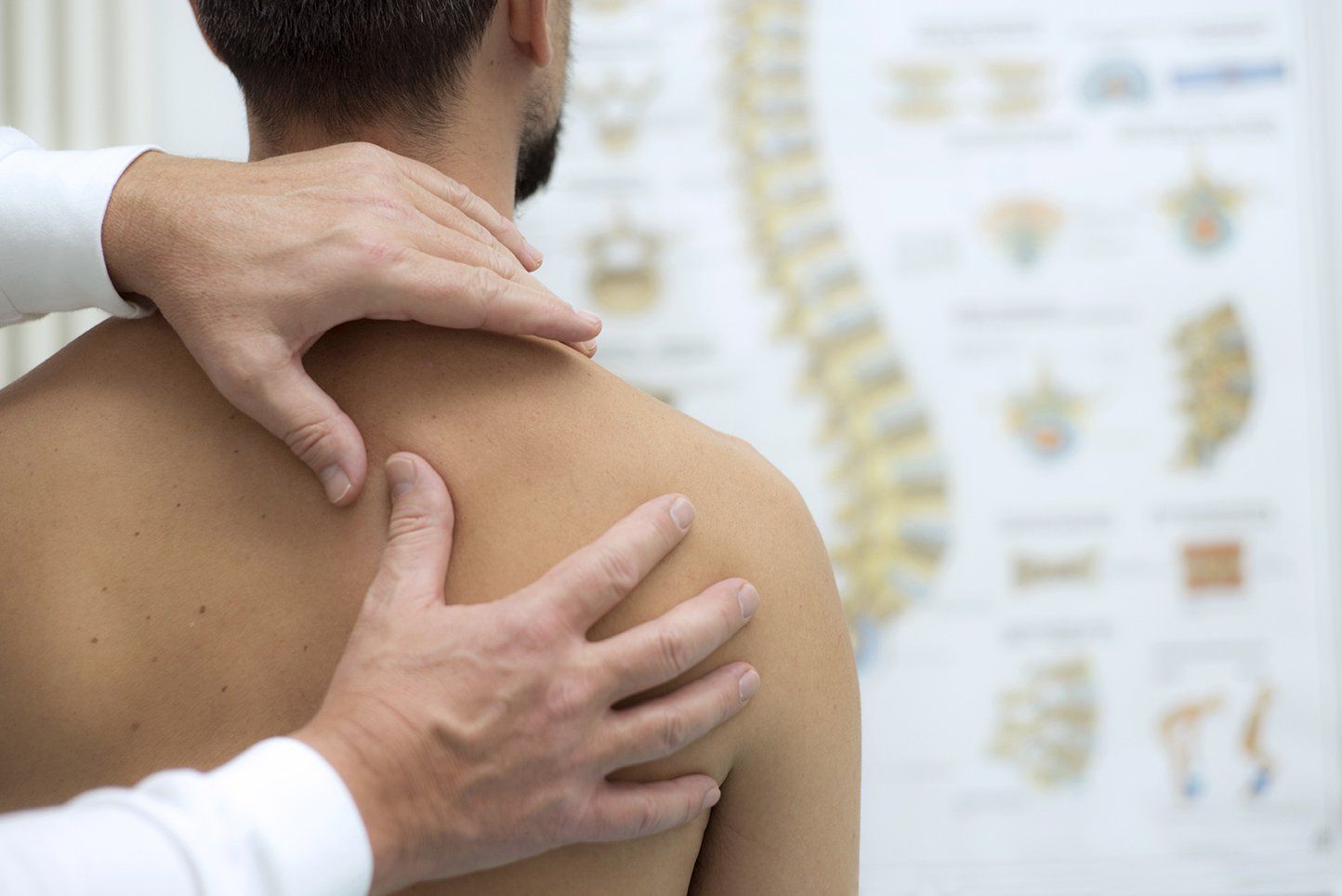Is reflexology the answer to hot flashes in menopausal women?
- By Gozuyesil E, Baser M. (2016) Complementary Therapies in Clinical Practice 24: 78-85
- •
- 11 Mar, 2018
- •
Hot flashes (also known as hot flushes) are a common menopausal complaint and have a negative impact on the quality of life of many women.

While HRT (hormone replacement therapy) is said to be very effective at relieving menopausal symptoms – and hot flashes and night sweats in particular – the treatment is known to have a number of potential side effects, ranging from headaches and vaginal bleeding to an increased risk of blood clots and breast cancer in some women.(1) For this reason, it is understood that many in the postmenopausal period search for natural alternatives to help them manage their symptoms.2
A study recently published in Complementary Therapies in Clinical Practice (2) aimed to identify the effects of foot reflexology when applied to menopausal women on vasomotor complaints and quality of life.
The study involved 120 women attending a menopause polyclinic in Turkey, in the menopause, premenopause or postmenopause phase, and experiencing untreated hot flashes at least three times a day. They were randomly assigned to either the experimental or control group (58 and 62 women, respectively). Those in the experimental group received two 25-minute sessions of the Ingham method of reflexology, once a week for six weeks. Those in the control group received two 25-minute foot massages, once a week for six weeks.
Data was collected through an identification and assessment form, Visual Analogue Scale (VAS), Menopause-Specific Quality of Life Questionnaire (MENQOL) and hot flash diaries.
The results showed that hot flashes, sweats and night sweats decreased in both groups, however the women receiving reflexology demonstrated a statistically significant larger decrease compared to those in the foot massage group. Reflexology also significantly improved problems in the sexual domain (for example, alterations in sexual desire and sex avoidance).
References
- NHS Choices. (2015) Treating symptoms of the menopause. See: nhs.uk/Conditions/Menopause/Pages/Treatment.aspx (accessed 15 December 2016).
- Gozuyesil E, Baser M. (2016) The effect of foot reflexology applied to women aged between 40 and 60 on vasometer complaints and quality of life. Complementary Therapies in Clinical Practice 24: 78-85

Photo via Pexels
Living with chronic pain can be mentally and physically debilitating. If you just recently received a diagnosis of a chronic pain condition like osteoporosis, arthritis, tendinitis, sciatica, or carpal tunnel syndrome, you might be wondering what you can do to manage your condition, minimize pain, and maintain your wellbeing. The good news is that adopting healthy lifestyle habits like exercising daily and fueling your body with nutritious foods is one of the best ways to manage chronic pain. Below, you’ll find several resources to help you come to terms with your diagnosis and thrive in the face of your condition.
Make Time for Relaxation
Relaxation exercises and calming therapies can offer relief from pain by reducing stress and triggering your muscles to relax.
● Therapy In The Dales offers pain-relieving treatments including massage and reflexology.
● Practice deep breathing to calm stress and better regulate your body’s pain response.
● Progressive muscle relaxation is another effective relaxation technique for pain management.
● Many people have found success using mindfulness meditation to cope with pain.
Exercise Every Day
Exercise plays an important role in treating chronic pain. Regular exercise can reduce inflammation, alleviate pain, and improve your mobility.
● If you’re worried about hurting yourself, check out these actionable concepts to approach exercising with confidence.
● Building muscle through strength training can be helpful for chronic pain conditions such as arthritis.
● Try stretching exercises like Pilates and yoga to relieve muscle tension.
● Start slow and consider getting a fitness watch to monitor your workouts. Accessorize with a fun watchband and screen protection for extra motivation.
Optimize Your Diet
What you eat can impact how effectively your body can fight against painful inflammation. Making dietary changes might replace the need for pain medication!
● Try to consume a wide variety of vegetables every day. A colorful plate is a healthy plate!
● Reduce your consumption of inflammation-causing ingredients like sugar and refined carbs.
● Keep yourself hydrated to flush toxins and keep your joints properly lubricated.
Living with chronic pain isn’t easy. But with the right habits, you can keep your pain to a minimum and maintain control over your health. Eat nutritious meals and snacks, exercise as much as possible, and learn some relaxation techniques to control flare-ups.
Looking for chronic pain therapy? Contact Therapy In The Dales for massage, reflexology, naturopathy, and nutritional therapy to help you gain better control over your health. Call 07488 799709.